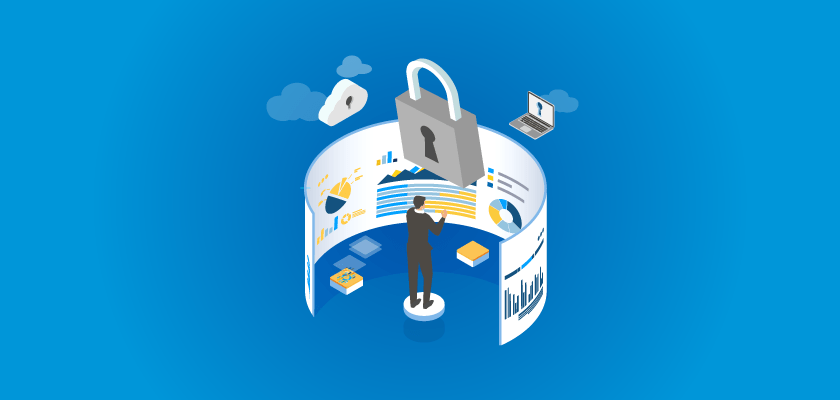Privileged User Monitoring: 5 Ways to Prevent Privileged User Abuse in Salesforce

Salesforce orgs and cloud environments can be complicated. They may contain hundreds of users, multiple admins, sandboxes, community portals, customized data structure – the list goes on. So, if you want to begin monitoring privileged users, you may be at a loss for where to start. To kickstart your journey, this post contains five security considerations that can help you prevent privileged user abuse in Salesforce.
1) Apply the principle of least privilege
According to a 2020 Insider Threat Survey Report, 50% of organizations believe that, of all insiders, privileged business users pose the biggest security risk. Therefore, as part of your privileged user monitoring program, users should only be given permissions to what is necessary to perform their job. While at first glance this may seem complicated, it’s a best practice to customize privileges per user, per application. For example, if an employee needs read/write privileges in Salesforce, they may not require root privileges for their role. Applying unnecessary authorization puts your organization at increased risk in case of bad actors or compromised credentials.
2) Get a consolidated view of user profiles and permissions
New objects, applications, functionality, roles, and projects are constantly being added to your Salesforce environment. When enacting privileged user monitoring, you probably find yourself comparing permissions to various users as their roles and workflows evolve. Obtaining a consolidated view of all users’ permissions saves time by preventing you from having to click into each permission set. With the time savings this provides, you can complete more thorough access reviews more efficiently. Furthermore, if you’re managing multiple orgs or sandboxes, you may need to change permissions in one and not the other, leaving room for error. With a single view, you can identify mistakes and see who made what changes to permissions with proactive notifications.
3) Detect changes within Salesforce with privileged user monitoring
Do you know when a new user is created in your Salesforce org? What about when someone modifies an IP whitelist or changes a permission set? How about when an admin is created? Utilizing privileged user monitoring to detect changes to security controls within Salesforce gives you the ability to control your data. It’s valuable to implement proactive alerting on changes that are most relevant to your role and your security posture.
4) Track which Salesforce users are accessing what data, when, and from where
Understanding user behavior in your Salesforce org is critical. Why? Imagine a user accesses Salesforce from a restricted location or IP address, or after hours. Upon detecting such unwanted behavior, you can set up rules to prevent privileged user abuse in Salesforce. The access count data in your privileged user monitoring software can also detect if users are logging in from unsupported devices based on how many login successes or failures they’ve made.
5) Monitor for abnormal user behavior and compliance
By monitoring privileged users, login access, and unusual user behavior, you’re more equipped to satisfy state, federal, and global regulations like CCPA or GDPR regarding access controls and monitoring. In addition, you can automate your compliance process and hold your associates accountable for their activity in Salesforce. In return, the sensitive data and confidential information in your Salesforce org are more secure.
